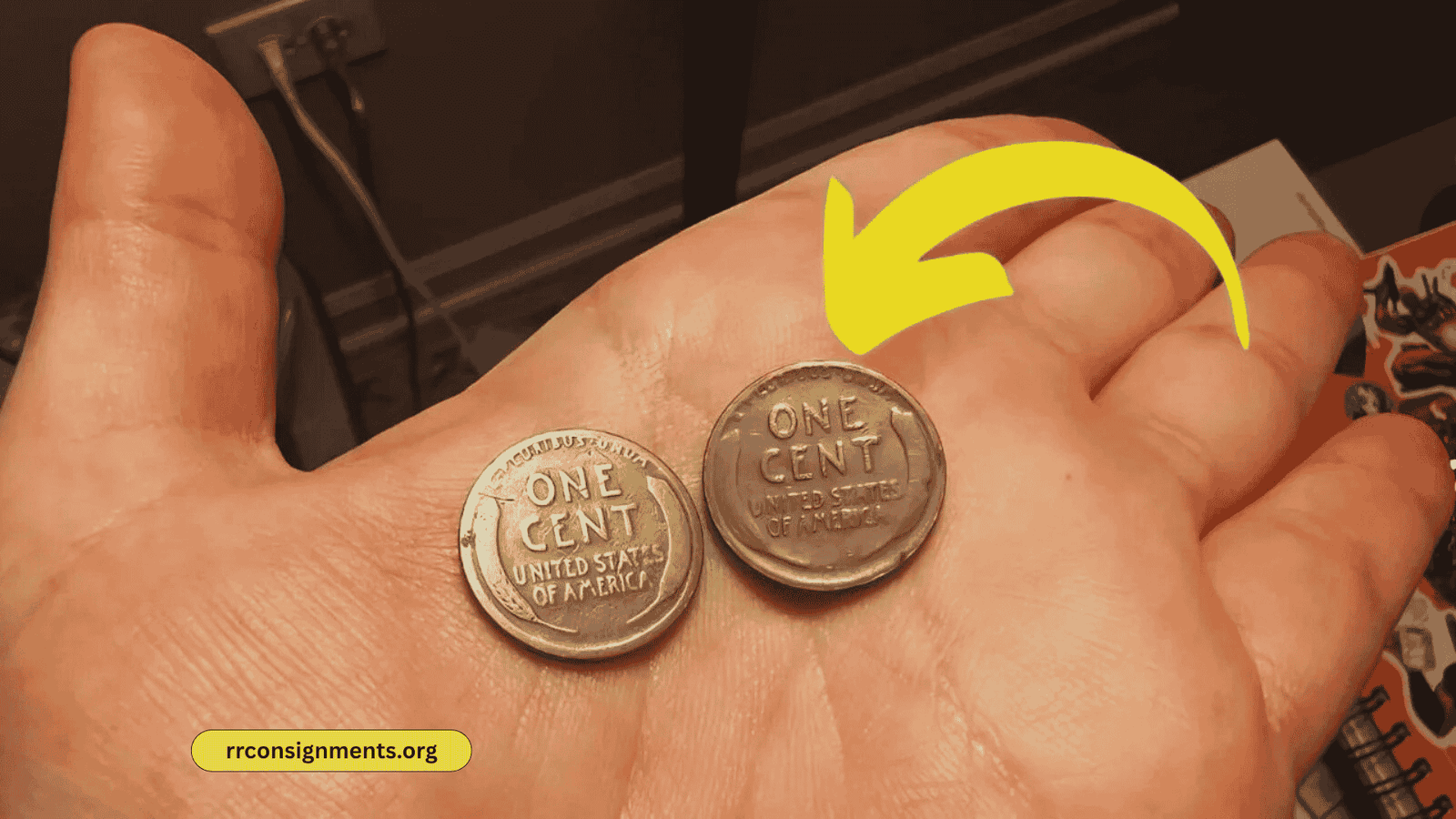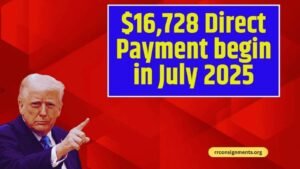Imagine finding a penny worth $5.5 million in your spare change. Sounds like a dream, right? The Lincoln Wheat Penny, a humble coin from 1909 to 1958, might hold this jaw-dropping value. Some rare versions could still be in circulation, waiting to be discovered. Read on to unravel the mystery and learn how to spot this numismatic treasure!
What Is the Lincoln Wheat Penny?
The Lincoln Wheat Penny, also called the Wheat Cent, is a one-cent coin minted by the U.S. Mint from 1909 to 1958. It features Abraham Lincoln’s profile on the front and two wheat stalks on the back, earning its nickname. But hidden among these common coins are rare versions that could make you a millionaire. The intrigue lies in their scarcity and historical quirks.
The Fascinating History of the Lincoln Wheat Penny
Introduced in 1909 to celebrate Lincoln’s 100th birthday, the Wheat Penny was the first U.S. coin to feature a real person, designed by Victor David Brenner. Its debut sparked controversy over Brenner’s prominent “V.D.B.” initials, which were later removed, creating rare variants. During World War II, copper shortages led to steel pennies in 1943, but a few bronze errors slipped through, becoming legendary treasures.
The 1943 Bronze Error: A Numismatic Legend
In 1943, the Mint switched to steel to save copper for the war. By mistake, a handful of bronze planchets were struck, creating the ultra-rare 1943 copper penny. Only 15–20 are known to exist, with one selling for $1.7 million in 2010. Some claim a pristine version could fetch $5.5 million today, fueling the hunt for this elusive coin.
Why Is the Lincoln Wheat Penny So Valuable Today?
The Lincoln Wheat Penny captivates collectors due to its rarity, historical significance, and minting errors. Coins like the 1943 copper penny or 1955 Doubled Die are prized for their scarcity and unique flaws. Their value skyrockets in mint condition, with collectors paying millions for pristine examples. The thrill of finding one in circulation keeps the excitement alive.
Rarity and Demand Drive Sky-High Prices
Low mintage years, like 1914-D or 1931-S, and errors, like the 1922 No D, make certain Wheat Pennies highly sought-after. The 1943 bronze penny is the holy grail, with its wartime backstory and extreme rarity. High demand from collectors and historical significance push values to astonishing heights, possibly even $5.5 million for the rarest finds.
How to Spot a Valuable Lincoln Wheat Penny
Could you have a valuable penny in your change? Here’s how to check:
- Check the Date: Look for key years like 1909-S VDB, 1914-D, 1922 No D, or 1943 copper.
- Examine the Mint Mark: “S” (San Francisco) or “D” (Denver) coins are often rarer than Philadelphia (no mint mark).
- Test the Material: Use a magnet. Steel 1943 pennies stick; bronze ones don’t.
- Inspect for Errors: Look for double-strikes or off-center designs with a magnifying glass.
- Assess Condition: Mint-state coins with no wear are worth more.
If you suspect a rare find, don’t clean it! Contact a grading service like PCGS or NGC for authentication.
Jaw-Dropping Facts About Valuable Wheat Pennies
- A 1943-D bronze penny sold for $840,000 at Heritage Auctions.
- The 1955 Doubled Die penny, with visible doubling on the date, can fetch $100,000+ in mint condition.
- Only 484,000 1909-S VDB pennies were minted, making them a collector’s dream.
- A 1914-D penny in top condition sold for $420,000.
- The $5.5 million penny claim may stem from unverified estimates of a unique prototype or pristine error coin.
Top 5 Valuable Lincoln Wheat Pennies
| Year | Mint Mark | Error/Type | Estimated Value | Rarity |
|---|---|---|---|---|
| 1943 | D | Bronze Error | $840,000–$5.5M | Ultra-rare |
| 1909 | S | VDB Initials | $69,000–$168,000 | Very rare |
| 1914 | D | Standard | Up to $420,000 | Rare |
| 1955 | None | Doubled Die | $1,000–$114,000 | Scarce |
| 1922 | None | No D Mint Mark | Up to $100,000 | Rare |
Expert Tips for Coin Collectors
- Join Coin Clubs: Connect with numismatists for tips and trading opportunities.
- Check Bank Rolls: Buy penny rolls from banks to hunt for rarities.
- Use Reference Guides: Books like “The 2026 Red Book” provide accurate values.usatoday.com
- Avoid Fakes: Counterfeit 1943 copper pennies exist. Always verify with PCGS or NGC.
- Store Safely: Use non-PVC holders and handle coins with cotton gloves to preserve value.
How to Identify a 1943 Copper Penny
| Feature | 1943 Copper Penny | 1943 Steel Penny |
|---|---|---|
| Color | Reddish-brown | Silver-grey |
| Magnet Test | Non-magnetic | Magnetic |
| Weight | ~3.11 grams | ~2.7 grams |
| Rarity | Extremely rare | Common |
| Value | $840,000–$5.5M | A few cents |
FAQs About the Lincoln Wheat Penny
Q: Is the $5.5 million penny real?
A: While a 1943 bronze penny sold for $1.7 million, claims of $5.5 million are speculative and unverified. Still, rare pennies can fetch millions.
Q: Can I find a valuable penny in circulation?
A: Yes! Wheat Pennies occasionally appear in change, coin jars, or bank rolls. Check for rare dates and errors.
Q: How do I sell a rare penny?
A: Get it graded by PCGS or NGC, then sell through reputable auction houses like Heritage Auctions. Avoid eBay until authenticated.
Q: Why are 1943 copper pennies so rare?
A: A minting error left a few bronze planchets in 1943, when steel was standard, creating a collector’s gem.
Conclusion: Start Your Treasure Hunt Today
The Lincoln Wheat Penny is more than a coin—it’s a piece of history with the potential to change lives. A rare 1943 copper penny could be worth $5.5 million, and it might be hiding in your change jar. Check your pennies, learn the key dates, and join the thrilling hunt for numismatic treasure. Share this story with friends and start searching—you never know what you might find!




